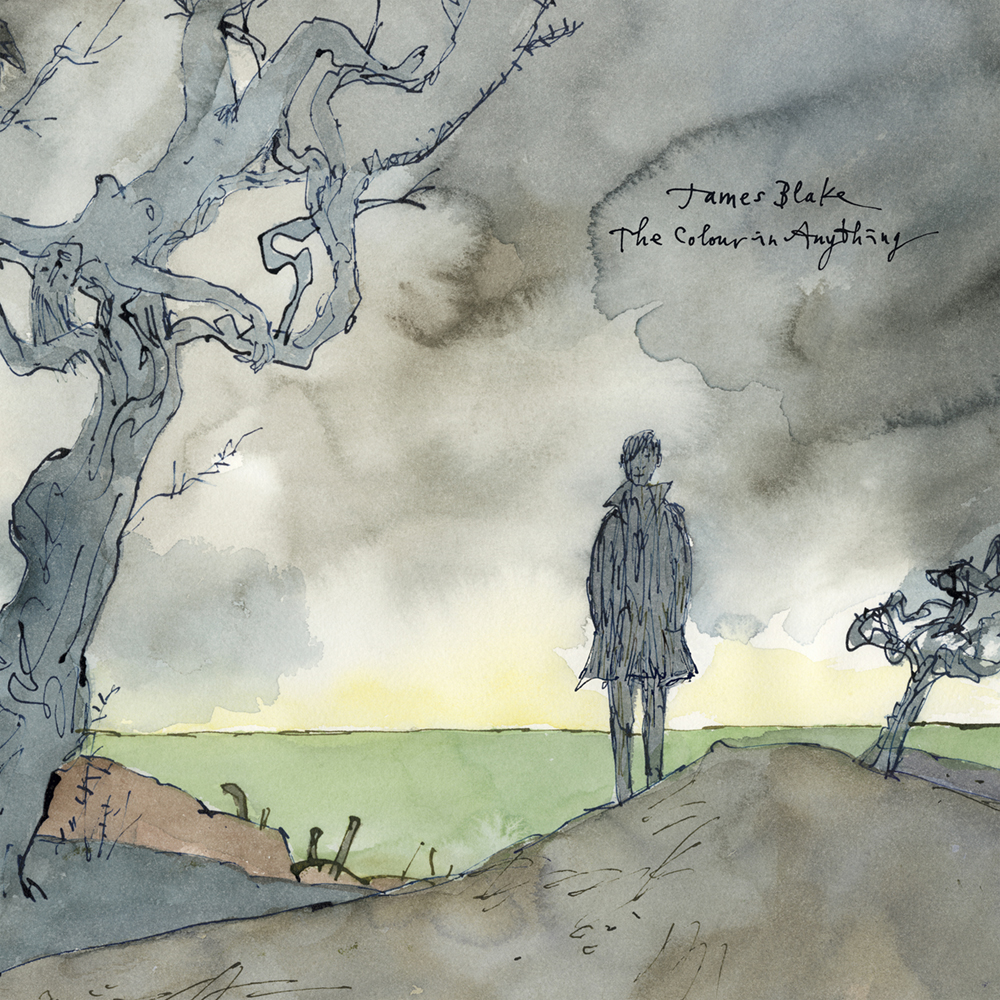As a kid, the experience of reading the books of Roald Dahl was like dreaming while still awake. His stories were funny, magical, completely engrossing.
Part of the magic was that his protagonists were so normal. Often, they were modest, everyday kids who accepted the role of hero reluctantly. You felt like you could be that kid. Or at least you felt like that kid wouldn’t mind being your friend.
For many of his books, another part of the magic was Quentin Blake’s illustrations. I can remember, in vivid detail, his representations of characters like the BFG, Charlie, and Matilda.
The funny thing about Quentin Blake’s illustrations is that they weren’t particularly complex. They looked like they could have been drawn by a child. A talented child, but a child nonetheless. In that way, they were similar to Dahl’s characters; you could relate to the illustrations. The drawn versions of the characters were simple, modest, genuine- like the characters themselves.
I mention all this because Quentin Blake did the artwork for James Blake’s new album, released just last month. Quentin’s visuals are the perfect pairing for James’ music; both Blakes have mastered a dark, beautiful simplicity.
What makes this a beautiful song:
1. Blake (James) uses a harmonizer, or something similar, to pitch shift his voice into odd harmonies. Sometimes the harmonies are glaringly dissonant. Would have been easy to fix, but he chose to keep it imperfect.
2. Blake (Quentin) uses multiple broken lines, rather than one straight line, to represent the horizon on the album cover. Would have been easy to use a ruler, but he chose to keep it imperfect.
3. I love the repeated line, “Music can’t be everything.” For an acapella track at the end of a 17-track album, it’s an interesting statement. But it hints that Blake (James) doesn’t view himself as an artist hovering over us all by grace of his immense talent. He’s just a person making music. Modest, like the BFG or Charlie or Matilda.
Recommended listening activity:
Drawing a self-portrait without being critical of the results.
